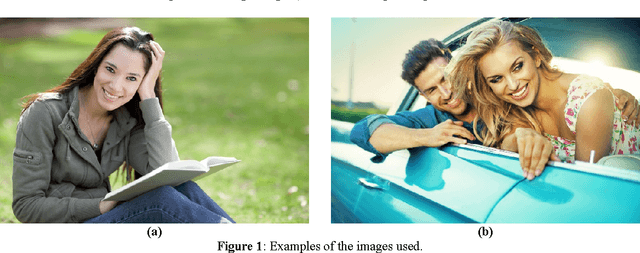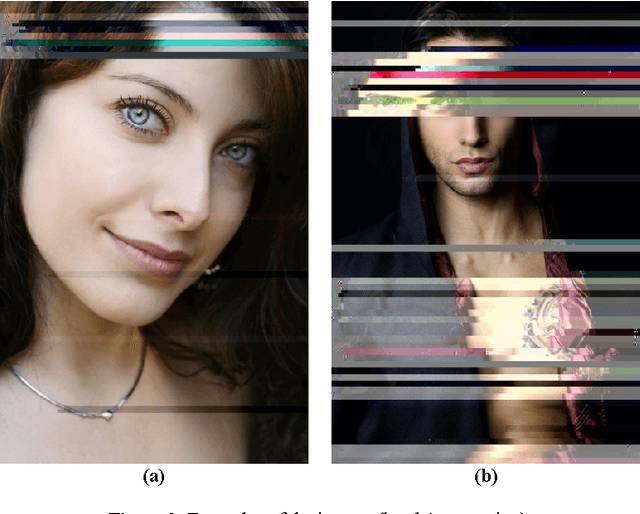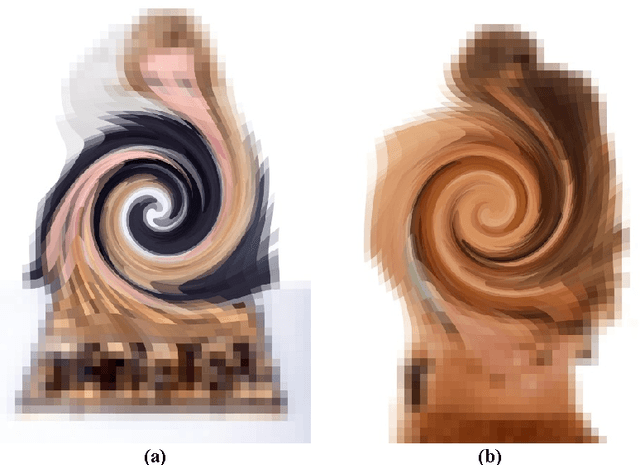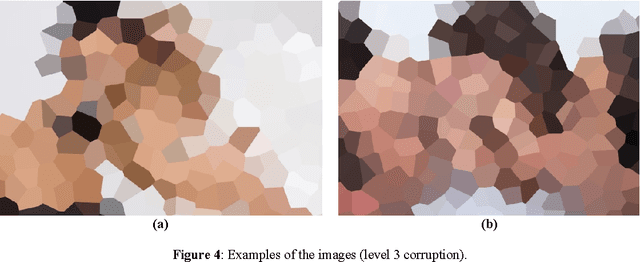The Digital Synaptic Neural Substrate: Size and Quality Matters
Paper and Code
Sep 20, 2016



We investigate the 'Digital Synaptic Neural Substrate' (DSNS) computational creativity approach further with respect to the size and quality of images that can be used to seed the process. In previous work we demonstrated how combining photographs of people and sequences taken from chess games between weak players can be used to generate chess problems or puzzles of higher aesthetic quality, on average, compared to alternative approaches. In this work we show experimentally that using larger images as opposed to smaller ones improves the output quality even further. The same is also true for using clearer or less corrupted images. The reasons why these things influence the DSNS process is presently not well-understood and debatable but the findings are nevertheless immediately applicable for obtaining better results.
 Add to Chrome
Add to Chrome Add to Firefox
Add to Firefox Add to Edge
Add to Edge